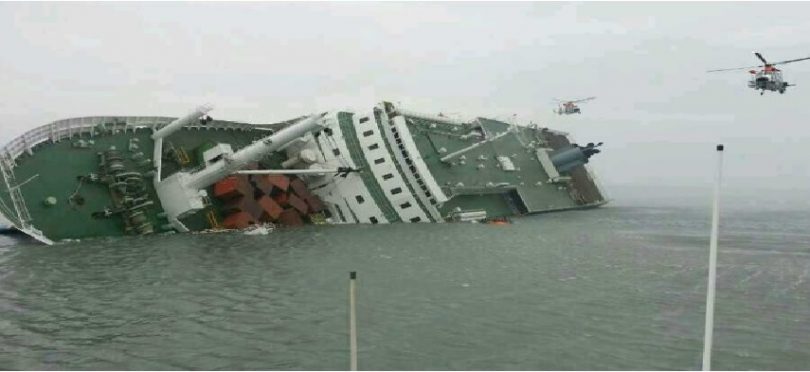Preparations when approaching a distress ship:
- Prepare hospital to receive casualties
- Plot rendezvous position and possible search patterns
- Stand by communication officer and establish communication
- Pass own position and details with relevant search and rescue operation update to RCC
- Prepare rescue boat and emergency crew
- Obtain current weather situation
- Highlight navigational dangers to own ship
- Maintain own ship at operational status
- Navigate on manual steering
- Obtain update on target information
- Note activities in log book
- Maintain internal and external communication
- Brief operational personnel’s. (OOW, boat coxswain)
- Rig Guest wrap (a rope that extends from forward to aft).
- Plot position and prevailing currents estimate drift
- Post look-outs high as area is entered
- Provide information to engine room advice on standby manoeuvring speed
- Radar operational at various ranges, long range scanning and plotting ongoing
- Advise owner , agents and reschedule ETA
- Update RCC/MRCC.
- Advice owners agents and reschedule ETA
- Obtain weather reports.
Duties of chief officer when approaching distress ship :
- Rig a good strong rope from bow to quarter (guest wrap).
- Rig derrick on each side with platform cargo sling ready to help injured or helpless survivors out of water.
- Rig fenders on each side- to bring lifeboats safely alongside.
- Get rescue boat ready and crew standby, keep liferaft ready but do not inflate.
- Check rescue boat equipments.
- Proper communication between rescue boat and vessel.
- Medical party and first aid party standby.
- Ships signalling equipment and LTA standby.
Action when approaching the distress:
- Post extra lookouts.
- Reduced speed and manual steering employed.
- Continuous radar watch.
- Get in touch with RCC and follow instructions.
- Make own vessel visible to survivors- at night signalling lamp and by day black smoke or use ships whistle.
- Do not dump anything overboard- this may confuse the survivors.
Factors that are taken into account when choosing on scene commander:
- On board communication equipment.
- Whether doctor or trained medical staff on board.
- Hospital and casualty treatment facilities.
- Vessels characteristics- freeboard, speed manoeuvrability ETA.



Leave a Comment